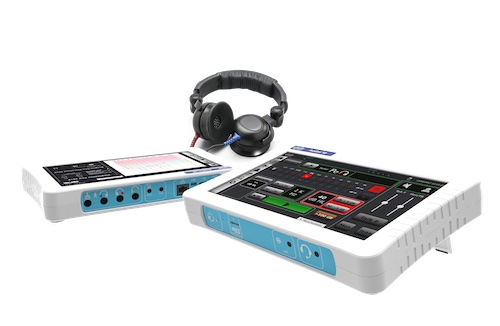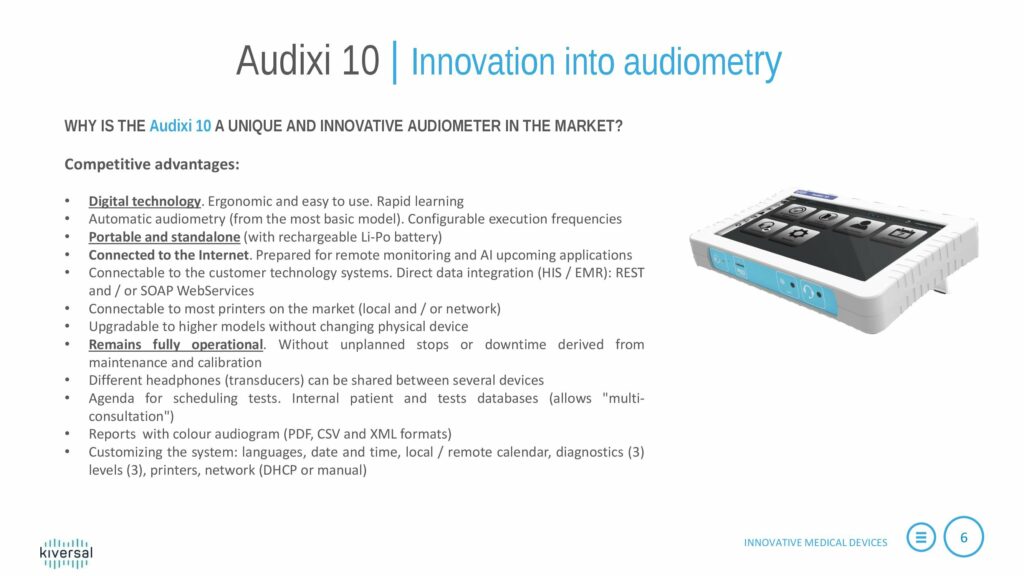
If you are considering acquiring a new digital audiometer for your audiological centre, you might be interested in learning the most innovative features of these devices and how could they simplify even the most complex processes.
Technology applied to audiometers
An audiometer is a device that allows conducting audiometries, one of the most effective procedures to detect hearing problems. As a result, by carrying out this test the specialist will be able to evaluate the capacity of the patient’s auditory system and know if they can perceive the audio frequencies of the audio spectrum or tonal field.
Although there are some different types of audiometry, subjective tests can be conducted with the audiometer; those that require patient participation are, more precisely, speech and tonal audiometries.
The audiometer will determine if there is a hearing loss and will graphically depict in an audiogram the disturbances found via acoustic stimuli in each ear. The audiometrist will be in charge of interpreting the report and understanding what kind of deafness we are facing.
Technology applied in medicine has allowed us to digitalize audiometries and get devices capable of achieving results optimally. Above all, these are the 5 most important features to take into account when choosing a digital audiometer:
Five key points of a digital audiometer
1. Ease of use
When carrying out audiometries it is important that the device can be used intuitively. Nowadays we are living in such a technological world where portable devices and touch screens rule. Why not to transfer all those advances to the medicine field?
2. Connectivity
Integration data will enable us to have the information in different devices thanks to USB connection and the Internet network. If you have a remote control protocol, then the digital audiometer will be able to perform remote audiometries (teleaudiometries), increasing the possibilities to conduct this test, even though the patient is not physically in the same place as the specialist.
3. Safe and reliable
The audiometer should have, ideally, a calibration system which allows saving time and maintenance costs. These digital devices can be calibrated remotely, independently from the equipment and remaining operational without disrupting the activity.
4. Productivity
Digital devices allow to export data easily and quickly in the most currently used formats such a PDF, XML and CSV, making easier data exchange between specialists and centres, or directly using Web services like, for example, REST API and SOAP protocols in order to be integrated in electronic health records services (EHR).
5. Compact and ergonomic design
Current audiometers are easy to be carried thanks mainly to its light weight and its rechargeable battery so these products are ideal for its usage in mobile units and health centres.
Audixi 10, Kiversal’s IoT audiometer
The Kiversal Audixi 10 digital audiometer provides the specialists the technical qualities mentioned above, amongst other advantages, making it an innovative and unique audiometer on the market.
The following infographic outlines Audixi 10’s main characteristics, but if you need some further information, you can visit this page or contact us.

Great Post!!!It will give an idea to the audiologist to choose best audiometer.
Thank you a lot for your comment! Yes, this article would help the audiologist choosing best the next audiometer.